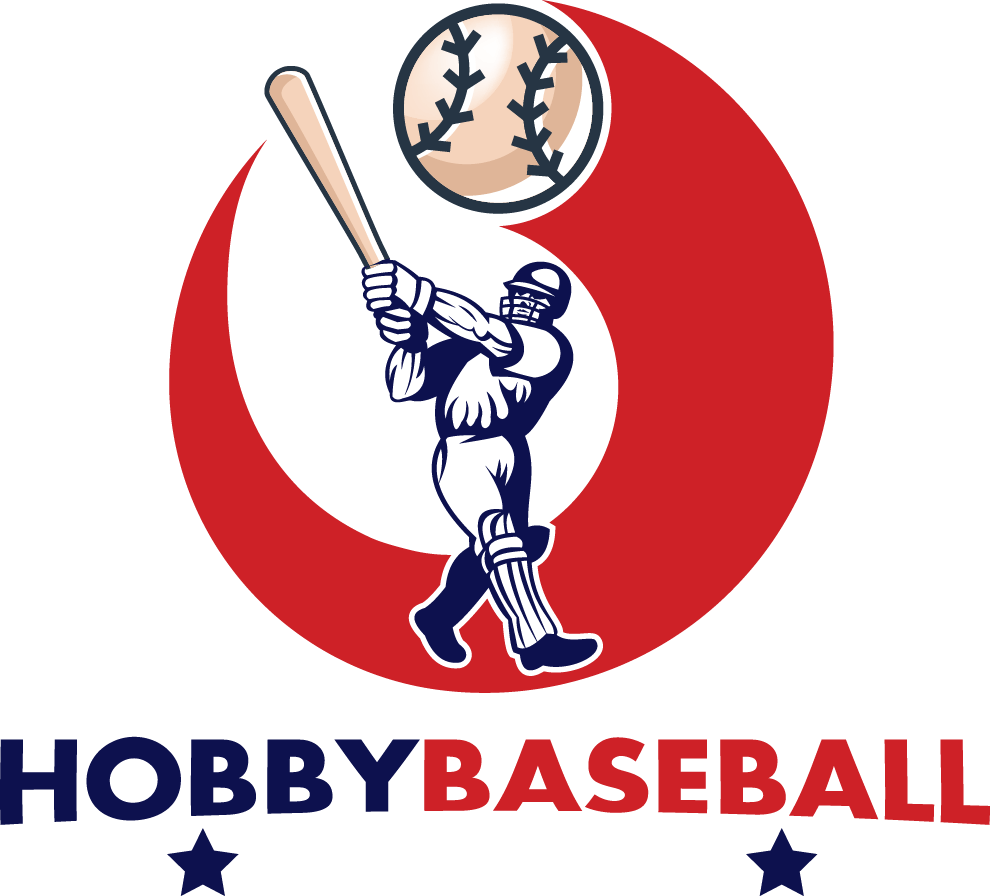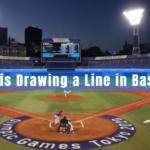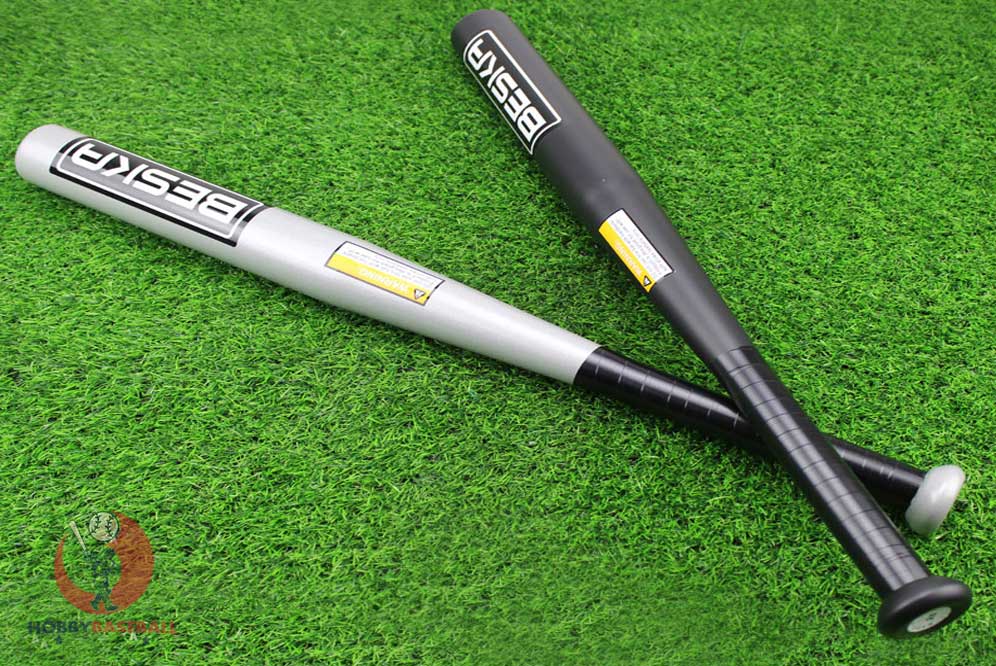Baseball is filled with unique traditions, unwritten rules, and expressions that carry deep meanings. One such phrase, “drawing a line in baseball,” is more than just a simple action—it’s a statement, a challenge, and sometimes, a cause for ejection. But what does it truly mean? Let’s dive into this intriguing concept and explore its significance in the game.
Understanding the Phrase “Drawing a Line”
Literal vs. Figurative Meaning
- Literal Meaning: Physically using a bat, foot, or hand to draw a line in the dirt to indicate something—usually disagreement with an umpire’s call.
- Figurative Meaning: Symbolizing defiance, standing one’s ground, or making a statement against authority.
Why Do Players Draw a Line?
Disputing a Call
One of the most common reasons a player draws a line in baseball is to protest a questionable strike call by the umpire. When a batter believes a pitch was outside the strike zone but is called a strike, they might draw a line in the dirt where they think the ball actually was.
Frustration and Emotion
Baseball is an emotional sport. Players, especially hitters, can get frustrated with inconsistent umpiring, leading them to visually express their discontent by marking a spot on the ground.
Unwritten Rules and Respect
Baseball has many unwritten rules, and one of them is that arguing balls and strikes too aggressively can lead to consequences. Drawing a line is often seen as a direct challenge to an umpire’s authority, which is why it frequently results in an immediate ejection.
What Happens When a Player Draws a Line?
Immediate Ejection
Umpires usually consider drawing a line as an act of showing them up. This action is almost always met with an immediate ejection from the game.
Team Reactions
- Teammates: May support the player, especially if they also feel the call was incorrect.
- Coaches: Some managers will argue further with the umpire to defend their player, potentially risking ejection themselves.
- Opposing Team: Often remains neutral, but sometimes takes advantage of the situation.
Historical Instances of Players Drawing a Line
Several notable incidents in professional baseball have involved players drawing a line, leading to heated exchanges, dramatic ejections, and even suspensions.
- Example 1: A famous MLB player being tossed after questioning a strike call with a dirt mark.
- Example 2: Minor league players getting ejected for expressing their frustration with a questionable pitch.
The Role of Umpires in Managing the Game
Maintaining Control
Umpires are responsible for ensuring the game is played fairly and maintaining control over the field. Disrespecting an umpire can disrupt the game’s flow.
Why They React Strongly
- Prevents further arguments
- Upholds the authority of the umpire
- Maintains respect for the game
Alternatives to Drawing a Line
If a player disagrees with a call, they can:
- Speak calmly with the umpire to express their viewpoint.
- Let their manager handle it, as coaches can argue balls and strikes with less risk of ejection.
- Focus on the next pitch rather than letting emotions get the best of them.
How Coaches Address This Issue
Teaching Players Discipline
Coaches often emphasize that showing up an umpire rarely helps the team. Instead, players are encouraged to keep their emotions in check and find other ways to express their frustration.
Handling Ejections
When a player gets ejected, the coach may intervene to prevent further disciplinary actions and calm the situation down.
Impact on a Player’s Reputation
While standing up against bad calls can be seen as a sign of passion, repeatedly challenging umpires in disrespectful ways can give a player a bad reputation among officials and even fans.
Is Drawing a Line Ever Justified?
Some argue that if umpires make poor calls, players should have a way to express their frustration. However, in professional baseball, the rules and traditions lean toward maintaining respect and order over personal protests.
Conclusion
Drawing a line in baseball is a bold yet risky action. While it can be a way for players to express frustration, it almost always leads to immediate consequences. In a game where respect and discipline are valued, players must find better ways to voice their disagreements without jeopardizing their place on the field.
FAQs
1. Can an umpire warn a player before ejecting them for drawing a line?
Usually, no. Drawing a line is seen as an immediate challenge to the umpire’s authority, leading to an automatic ejection.
2. Is drawing a line considered poor sportsmanship?
Yes, it is often viewed as disrespectful and unsportsmanlike behavior.
3. Can a team protest an ejection caused by drawing a line?
No, ejections for showing up an umpire are generally not eligible for protest.
4. Are there any famous players who have been ejected for this?
Yes, many professional players have been ejected for this act, but it remains a contentious issue in baseball.
5. What is the best way to argue a call without getting ejected?
A calm, respectful conversation with the umpire or letting the manager argue on the player’s behalf is the best approach.
See Also:
What is the Mercy Rule in Baseball?
NCAA Baseball: A Comprehensive Guide to America’s Collegiate Baseball Scene











